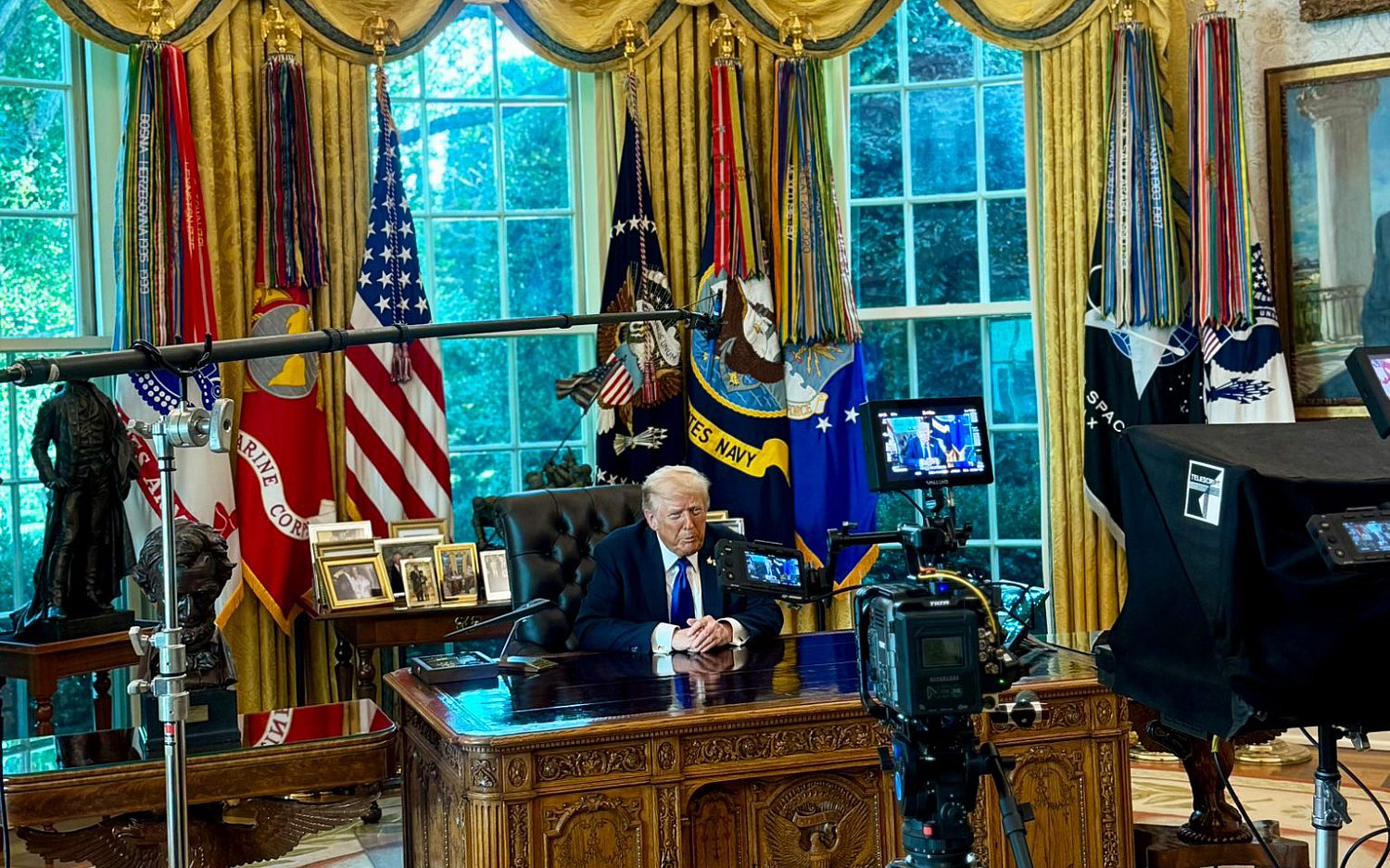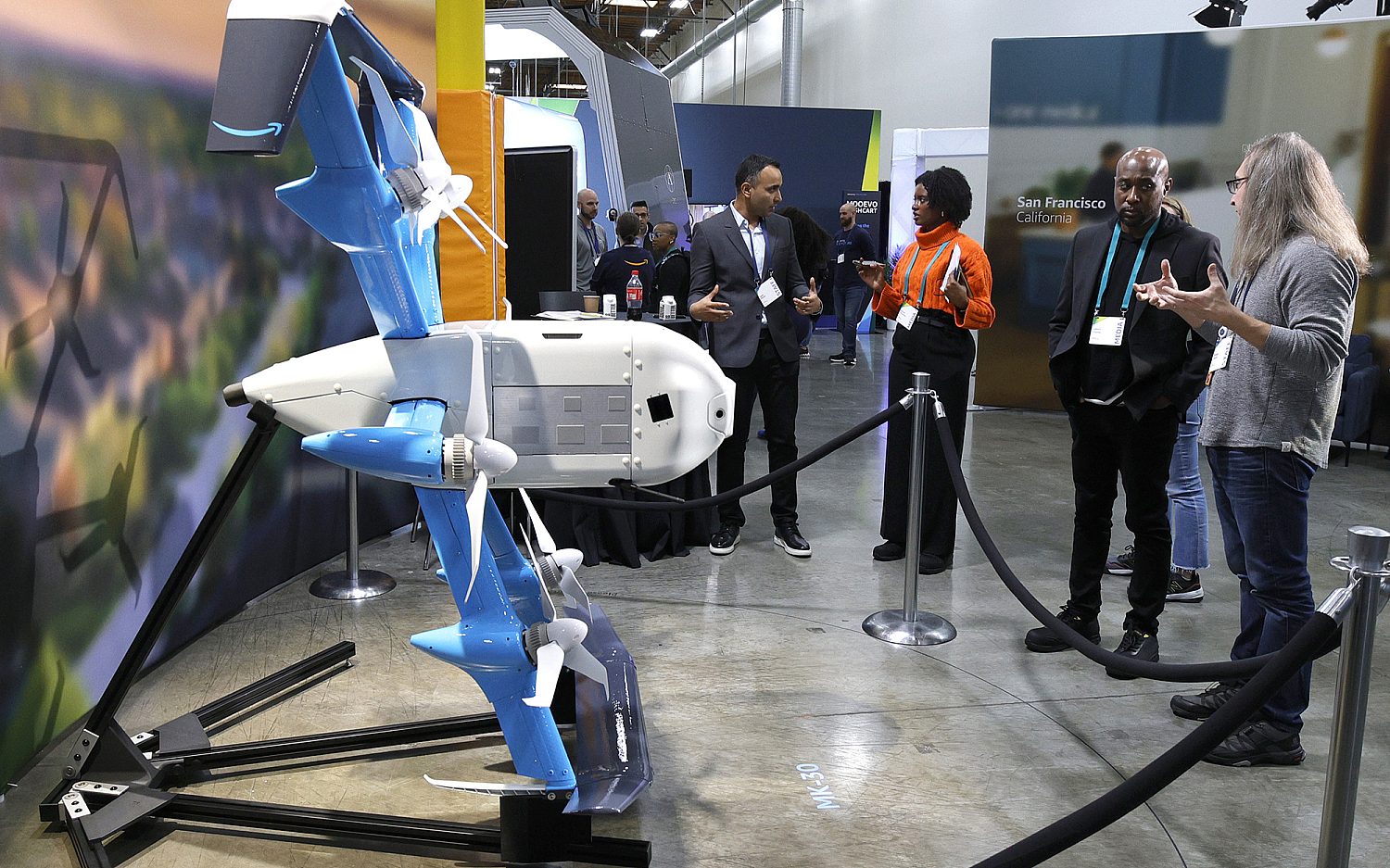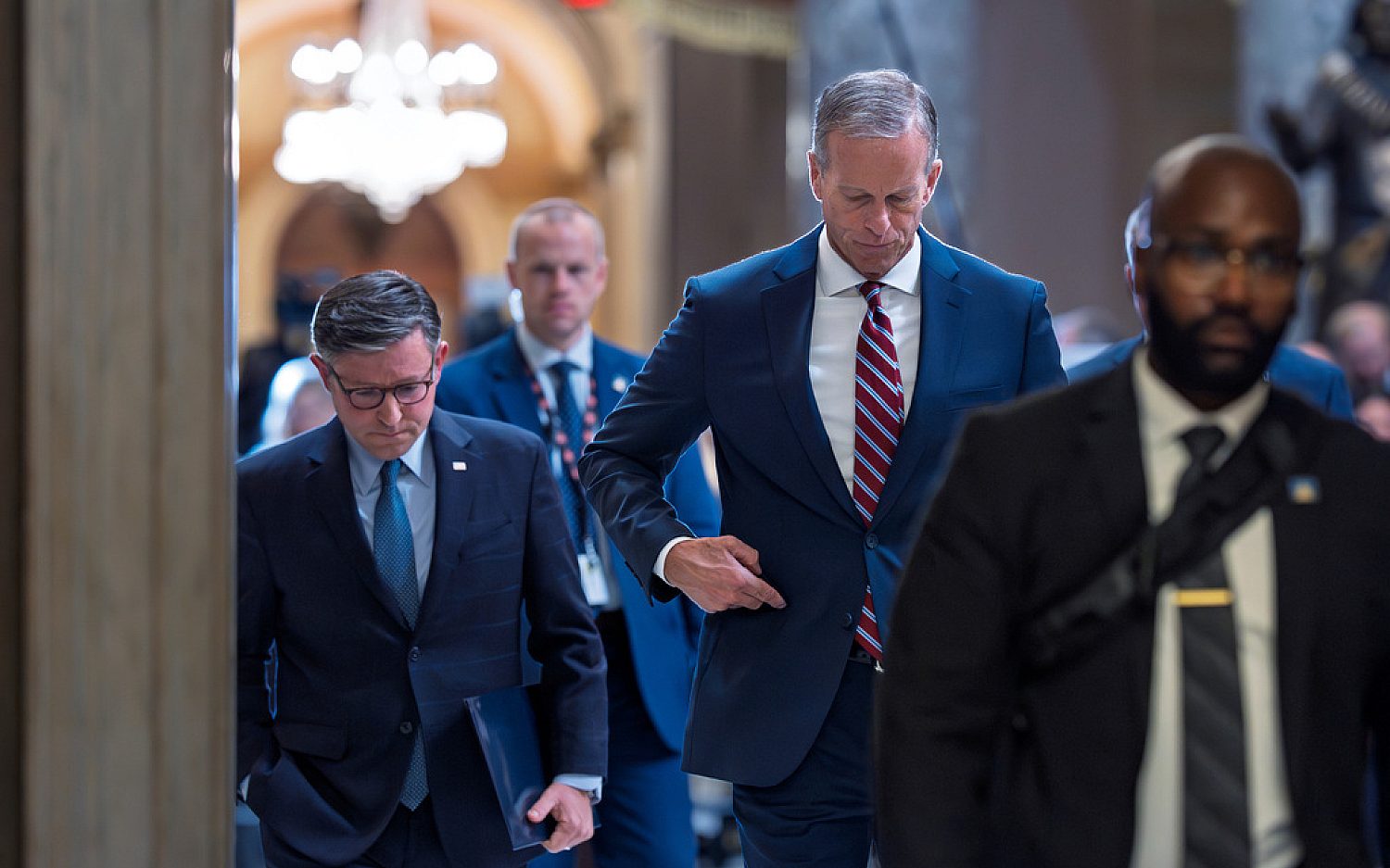China digs deep in Central American canal race
Central America has canal mania. Guatemala, Honduras, El Salvador, Nicaragua, Costa Rica, and Colombia each want a share of the shipping pie created by an export boom between the United States and Asia—much of which now passes though the 50-mile Panama Canal, shaving 5,000 miles off Atlantic-to-Pacific journeys.
Economic competition is high for capturing the increasing container traffic. And the 100-year-old Panama Canal may lose its status as the only Atlantic-Pacific passage, even as it undergoes expansion to handle gargantuan “new Panamax” ships. Longer than four football fields and able to carry 13,200 containers, the ships loom over the water at 160 feet tall. But neighboring nations see potential for servicing the smaller ships that haul a decent tonnage and no longer find it economical to pay the Panama Canal’s tolls.
But these new canals won’t require a lot of digging. Guatemala, Honduras, El Salvador, Costa Rica, and Colombia are betting on “dry” canals, with cross-country rail lines connecting ports at each end. Freight trains will speed containers from one ocean to the other without involving a water artery.
Honduras has a joint plan with El Salvador for a set of 10 rail lines linking two coasts, including a refinery and oil pipeline. Guatemala’s $10 billion plans are even more ambitious: massive new ports on its Atlantic and Pacific coasts, five oil and gas pipelines, two rail lines, a highway, and industrial parks punctuating a 244-mile dry canal.
Nicaragua is the only player planning a wet canal, and it may case ecological disaster. Its route would cut through and forever change Lake Nicaragua, the region’s largest source of fresh water and an ecological jewel, according to environmentalists.
China’s financial fingers are all over several of the projects. Nicaragua, Honduras, and Colombia have all held high-level talks and made deals with Chinese investors. Last summer, Honduras announced China Harbour Engineering Company would build a $20 billion, 375-mile freight railway to move shipping containers between its two coasts. And Nicaragua will begin its $40 billion project in 2014, underwritten by telecom tycoon Wang Jing’s Hong Kong-based HK Nicaragua Canal Development Investment Co.
The Panama Canal expansion is now 70 percent complete but has been plagued recently with problems concerning cost overruns and delays in the delivery of new gates for the canal’s locks. Originally expected to cost about $5.25 billion, the project could top $7 billion. Failed talks in January between the Panama Canal Authority and the consortium doing the work led to a two-week work stoppage in February. A partial agreement eventually allowed construction to resume with its Spanish and Italian construction companies.
Planned for a late 2014 completion, the canal now faces at least a year’s delay. This is causing global economic ripples, particularly in the eastern United States, where states are spending billions to dredge harbors, construct rail terminals, and build up infrastructure in expectation of serving more big ships. Miami had timed construction to open its new port tunnel and deepened harbor simultaneously with the canal’s relaunch. But Jacksonville, Fla., is breathing a sigh of relief, hoping its current port improvements—also delayed—might not stop it from commanding a lucrative trade, especially for exporting liquid natural gas in ships that will have to pass through Panama.
The Associated Press contributed to this report.
An actual newsletter worth subscribing to instead of just a collection of links. —Adam
Sign up to receive The Sift email newsletter each weekday morning for the latest headlines from WORLD’s breaking news team.




Please wait while we load the latest comments...
Comments
Please register, subscribe, or log in to comment on this article.